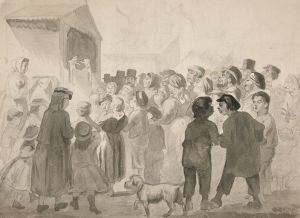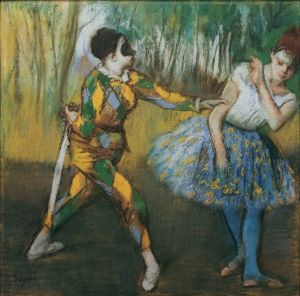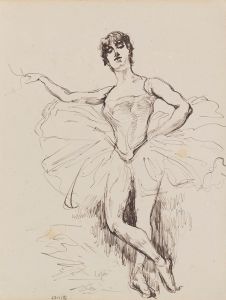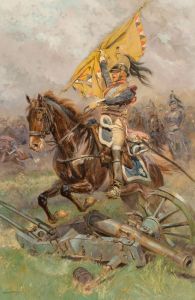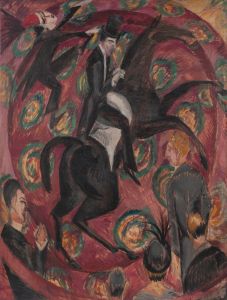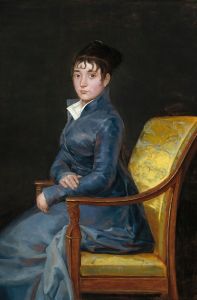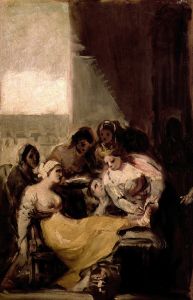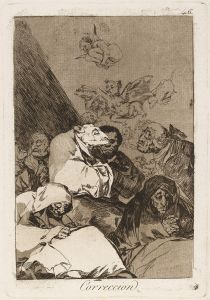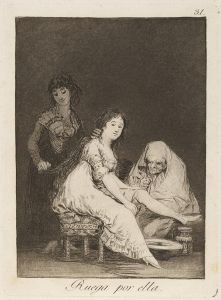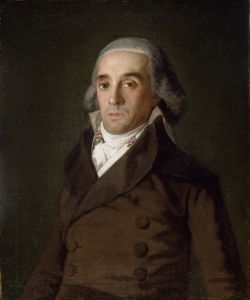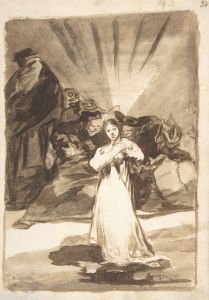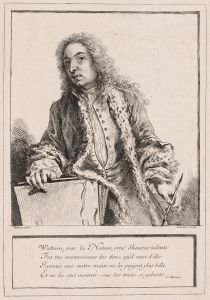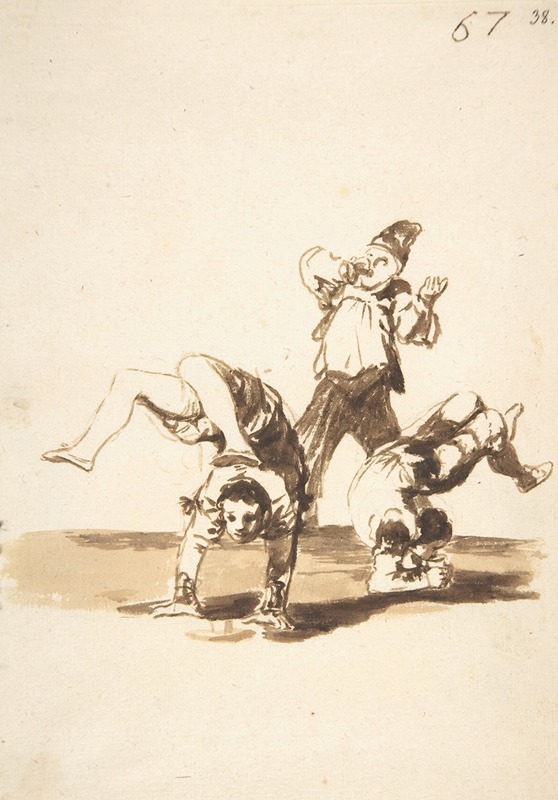
Three acrobats
A hand-painted replica of Francisco de Goya’s masterpiece Three acrobats, meticulously crafted by professional artists to capture the true essence of the original. Each piece is created with museum-quality canvas and rare mineral pigments, carefully painted by experienced artists with delicate brushstrokes and rich, layered colors to perfectly recreate the texture of the original artwork. Unlike machine-printed reproductions, this hand-painted version brings the painting to life, infused with the artist’s emotions and skill in every stroke. Whether for personal collection or home decoration, it instantly elevates the artistic atmosphere of any space.
Francisco de Goya, a prominent Spanish painter and printmaker, is renowned for his profound influence on the art world during the late 18th and early 19th centuries. Among his extensive body of work, Goya created a piece titled "Three Acrobats." However, there is limited information available about this specific painting, and it is not widely recognized or documented in the same manner as some of his other works, such as "The Third of May 1808" or "Saturn Devouring His Son."
Goya's oeuvre is characterized by a diverse range of subjects, including portraits, historical scenes, and depictions of everyday life, often imbued with social and political commentary. His works frequently explore themes of human folly, societal issues, and the darker aspects of human nature. Goya's style evolved significantly throughout his career, transitioning from the Rococo influences of his early works to a more expressive and often somber approach in his later years.
While specific details about "Three Acrobats" are scarce, it is possible to contextualize the piece within Goya's broader artistic themes and interests. Goya was known for his keen observation of human behavior and his ability to capture the essence of his subjects with psychological depth. His interest in the human condition and the complexities of social dynamics often manifested in his art, making his works resonate with viewers on multiple levels.
Acrobats and performers were subjects that appeared in various forms throughout Goya's work, reflecting his fascination with the spectacle of performance and the transient nature of entertainment. Such themes can be seen in his series of prints, "Los Caprichos," where he critiqued the absurdities and contradictions of Spanish society. In these works, Goya often used allegory and satire to convey his messages, blending realism with imaginative elements.
Goya's technique was notable for its bold use of light and shadow, as well as his dynamic compositions. His ability to convey movement and emotion through his brushwork and use of color contributed to the dramatic impact of his paintings. This mastery of technique allowed Goya to create compelling narratives within his art, drawing viewers into the scenes he depicted.
Despite the lack of detailed information about "Three Acrobats," it is reasonable to infer that the painting would reflect Goya's artistic interests and technical prowess. His ability to capture the nuances of human expression and the vibrancy of life would likely be evident in such a work, aligning with his broader artistic legacy.
In summary, while "Three Acrobats" by Francisco de Goya is not extensively documented, understanding Goya's artistic themes and techniques provides insight into what such a painting might encompass. Goya's legacy as a masterful observer of human nature and a pioneer of modern art continues to be celebrated, and his works remain influential in the art world today.





